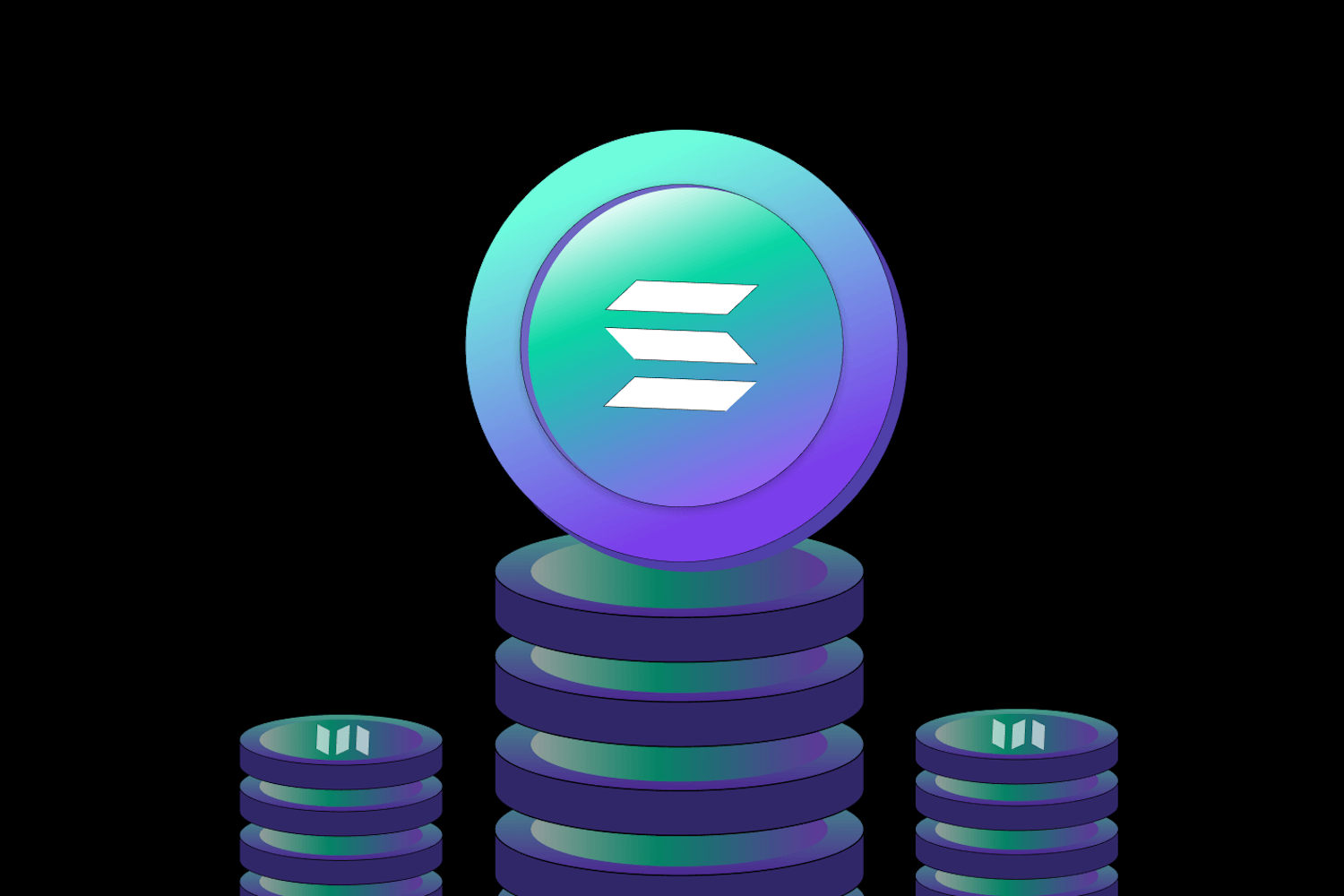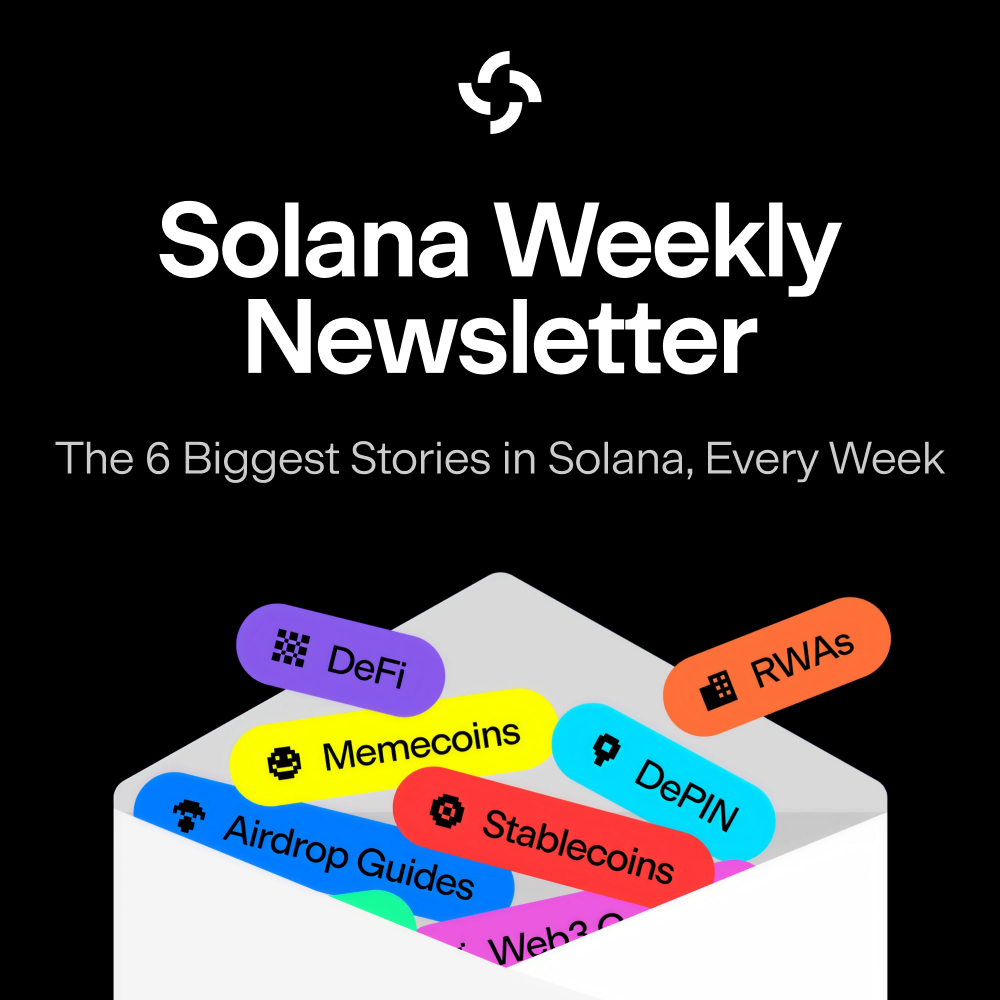
Solana's Quest for Dominance - Where Does It Stand?
Exploring Solana's potential in the blockchain race, this analysis dives into its performance, scalability, and cost-effectiveness. Amidst doubts, Solana bets on initiatives like Firedancer and State Compression to dominate the crypto world, leveraging its promising tech and apps.
- Published:
- Edited:
In the world of blockchain technologies, various protocols compete to become the go-to infrastructure for decentralized applications. A key player in this game of thrones is Solana. Despite concerns around modularity and scalability, Solana stakes its claim with an integrated approach, promising exceptional advantages. However, a pressing question remains: Can Solana meet the cost requirements of its users and gain traction?
Central to Solana's ambition of streamlining financial and consumer interactions while retaining maximum asset composability are three critical prerequisites: validator scaling, state management, and hotspot isolation. The success of these necessities hinges on the further development and success of several key initiatives, namely, Firedancer, State Compression, and Local Fee Markets.
Firedancer, Solana's attempt to supercharge network functions, showcases impressive capabilities, boasting potential transaction rates exceeding 1 million transactions per second (TPS). This could rival established platforms like NASDAQ, NYSE, Twitter, and VISA, transforming Solana into a blockchain titan.
State compression seeks to put Web2-scale user activity data on-chain by hashing NFT metadata into a Merkle tree, thus reducing costs. The vision is to allow Web2 models to leverage Web3's composability by handling multiple requests concurrently.
Meanwhile, Local Fee Markets present a solution to scalability challenges, intending to minimize congestion while maintaining asset composability through parallel transaction processing and local state pricing.
Nonetheless, the power of these technical features hinges on their application. Solana already hosts promising projects in various verticals, with DeFi and consumer apps leading the charge. Innovations such as DRiP and Dialect have been instrumental in driving Solana's consumer ecosystem.
When pitted against Ethereum, Solana falls short in terms of liquidity, decentralization, ecosystem activity, and developer tooling. But weighing certain variables like low costs, performance, and composability — areas where Solana shines — could alter this ranking.
Valuation of crypto protocols, especially Layer 1 tokens like Solana's SOL, is complex. Using Multicoin Capital's framework, SOL blends capital assets, commodity assets, and cash. This blend implies a value floor detailed in the full report.
In terms of performance and cost, Solana's infrastructure excels over its competitors. With high-performing upcoming apps, Solana has the potential to dominate the crypto world. However, the stakes are high, and the risk of fading into obscurity lingers if these advantages are not fully utilized.



